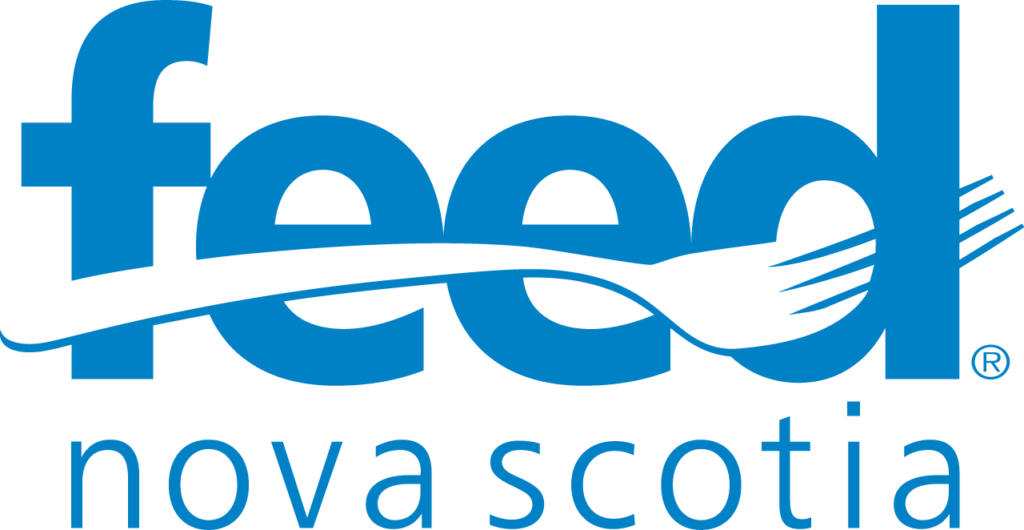Advocate
Food insecurity is a symptom of poverty, low income and wages, and a broken system, and the solution lies in the government’s commitment, support, and investment in bold, life-changing policies. Leaving so many Nova Scotians to be food insecure is ultimately a political choice. The government has the power to change this situation.
We are committed to advocating for long-term, policy-based solutions.
Ten truths to guide us

1. Charity won’t fix social problems.
Government needs to lead with bold policy intervention that leaves no one behind.

2. Food is a right.
Under the Universal Declaration of Human Rights, Canada has a legal obligation to respect, protect, and fulfill the right to food.

3. BIPOC are disproportionately affected by food insecurity and poverty.
About 30% of Black households and Indigenous households are food insecure in Canada, compared to about 11% of White households. Our work requires an anti-racist approach.

4. Food is not the solution to food insecurity.
People aren’t food insecure because they don’t have enough food. People are food insecure because they don’t have enough physical or economic access to food. Food insecurity is about things like low wages, systemic racism, precarious work, inadequate Income Assistance rates, and unaffordable housing and childcare.

5. People do not live single-issue lives.
People are often disadvantaged by many different sources of oppression. That creates several barriers, including food insecurity, that have a significant impact on people’s physical and mental health.

6. People need food right now.
Food insecurity is a crisis. While we advocate for much-needed change to the system, we need to ensure people have food today. And that they can access what they need in a dignified way.

7. Food support programs fill a critical gap.
Food support programs stepped up to meet a need for emergency food in the 80s and they continue to do so. Not everyone who is food insecure accesses a food bank or meal program, but many people would be without food if their doors closed.

8. Food support programs provide more than food.
Not only have food support programs evolved over the years to provide things like parenting programs, community gardening opportunities, and connections to other organizations, they also provide a critical lifeline to community.

9. Community support makes our work possible.
The continued generosity of donors and volunteers, who recognize the toll food insecurity takes, keeps our doors open. We are committed to responsibly sharing the impact of their contributions.

10. We have a responsibility to educate and push for change.
As a provincial organization with influence and a credible voice, we have a responsibility to raise awareness of food insecurity and advocate for long-term change.
